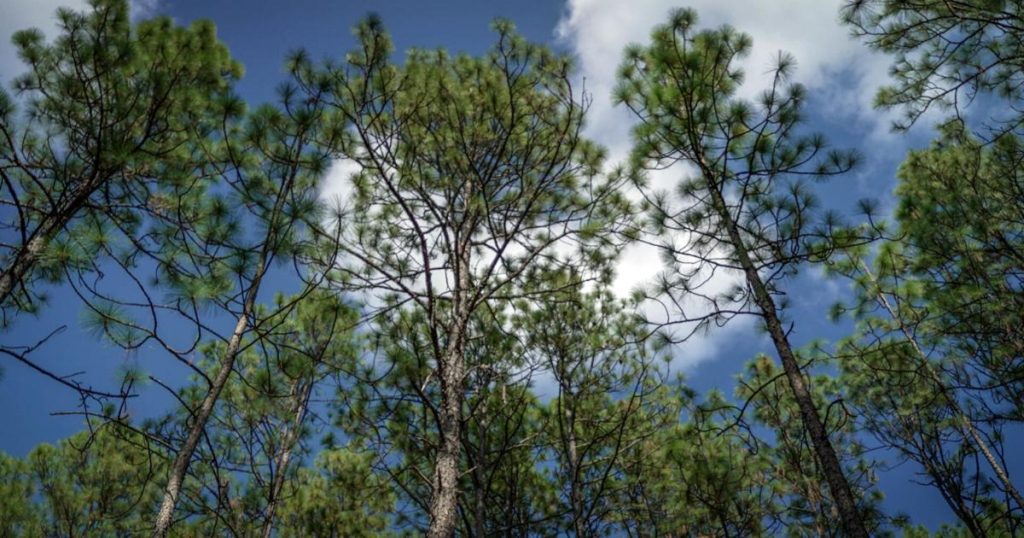(The Center Square) − President Donald Trump signed an executive order in March aimed at revitalizing America’s timber industry by increasing logging on federal lands, streamlining permitting, and reducing regulatory delays.
But in Louisiana, where the timber sector has been in long decline, early reactions suggest the impact has been minimal — at least for now.
The executive order directs the Secretaries of the Interior and Agriculture to issue new guidance to expand timber production using tools like the Good Neighbor Authority and stewardship contracting.
It also sets a timeline for reducing environmental review barriers and proposes a plan to increase timber sales from U.S. Forest Service and Bureau of Land Management lands.
Though the effort is framed as a way to boost rural economies, some Louisiana timber leaders are skeptical it will move the needle in a state where just 5% of land is federally owned.
“Most of our timber industry is tied to private land,” said Warren Peters, founder of Peters Forest Resources.
Louisiana has lost nearly half its jobs in the mining and logging sector over the past decade, shrinking from about 55,000 in 2015 to just 29,000 as of early 2025, according to the U.S. Bureau of Labor Statistics. The drop has been driven by mill closures, changing market demands, and global competition.
“You had a paper mill down near Baton Rouge close, then you had the Campti mill that closed (in April). That puts pressure on remaining mills and devalues timber,” said Rep. Jack McFarland, R-Winnfield, a logging contractor and president of McFarland Timber. “We struggle to get rid of the timber now. You don’t have as many markets, and when you don’t have the markets, it drives the price of timber down.”
McFarland praised the executive order for encouraging logging on federal lands, calling it “a win for both the economy and the environment.”
He pointed to wildfire risk reduction and sustainable replanting practices as added benefits.
“You don’t have to go in there and take all the timber off,” McFarland said. “You can just thin it out, opening it up,”
Yet even as federal policy nudges toward more timber harvesting, the state’s economic landscape has changed. Demand for traditional paper products has declined due to shifts in packaging and consumer behavior.
“FedEx and Amazon used to ship everything in cardboard, but now they use plastic mailers or just slap a label on the box the item came in,” McFarland said. “That change trickled all the way down to paper mills, and it has hurt demand for brown paper.”
Some in the industry are looking to new markets — particularly in renewable energy. Low-grade timber and sawmill waste can be converted into wood pellets, methanol, or even synthetic gas.
“Timber is a renewable resource,” McFarland said. “We can use it for fuel, clothing fibers, medicine — it has more potential than people realize.”
Peters also mentioned the potential for renewable energy, particularly methanol.
“I’m optimistic,” said McFarland. “We’ve been missing out on a huge opportunity, especially in a place like Louisiana. “I think that a more efficient way is utilizing natural resources like timber that can be, once again, harvested and replanted. To me, that’s the energy we should be investing in for sustainable energy.”


